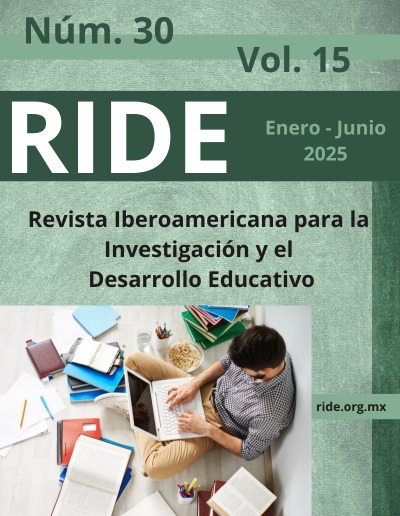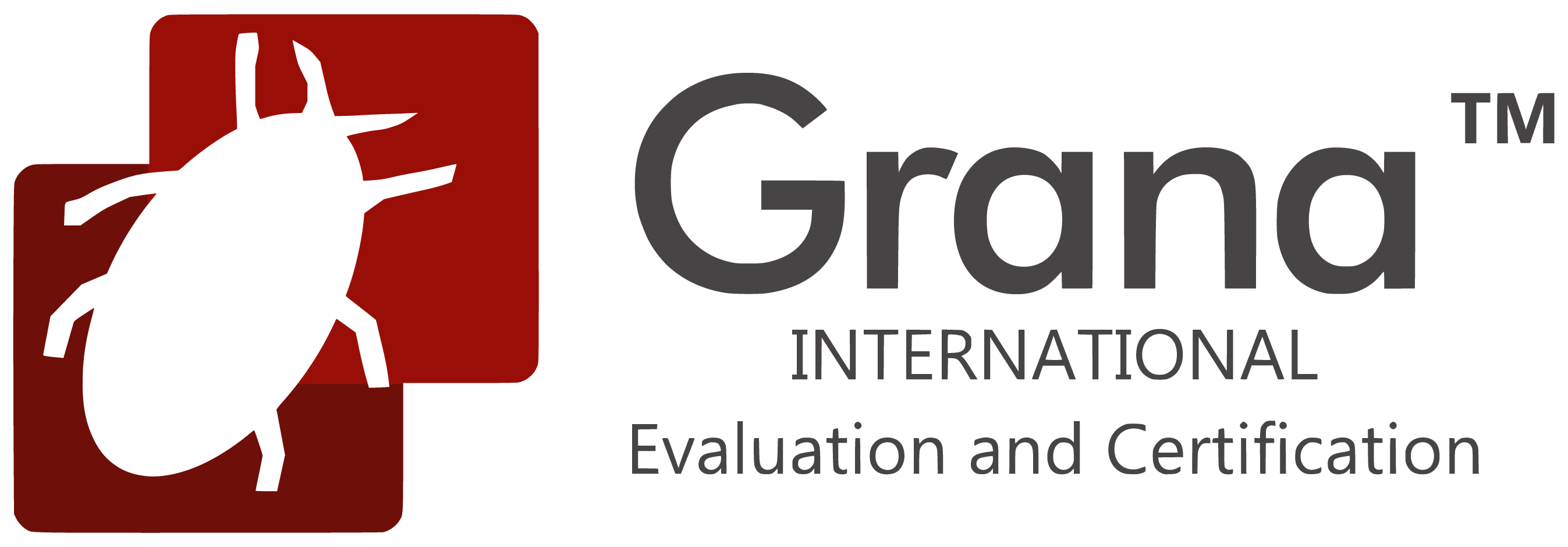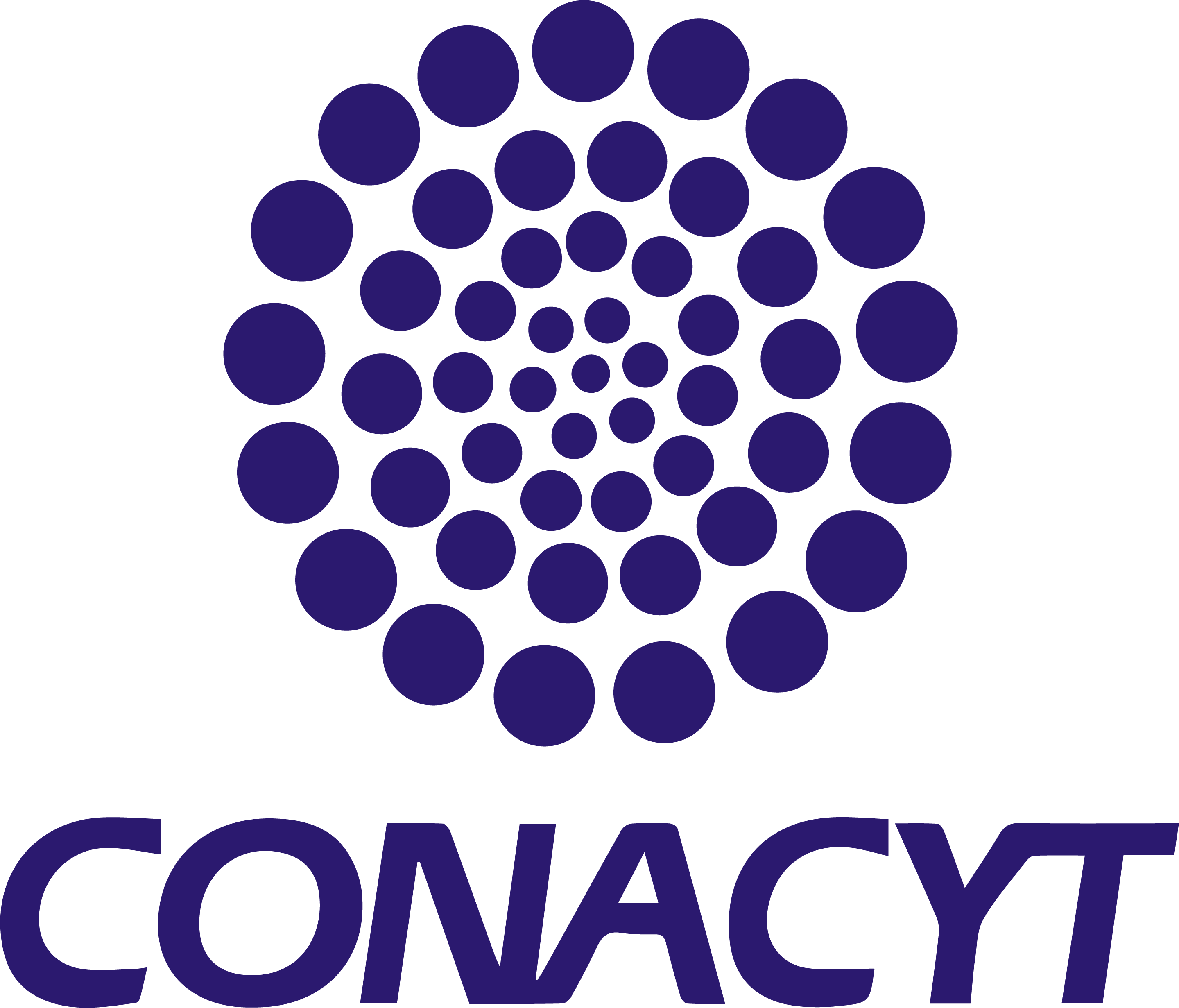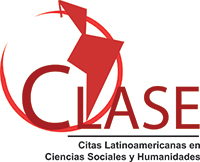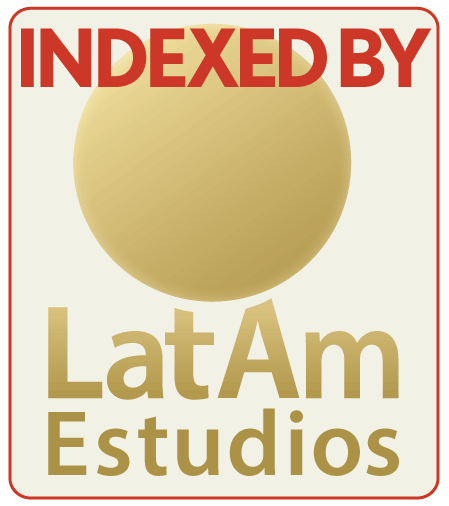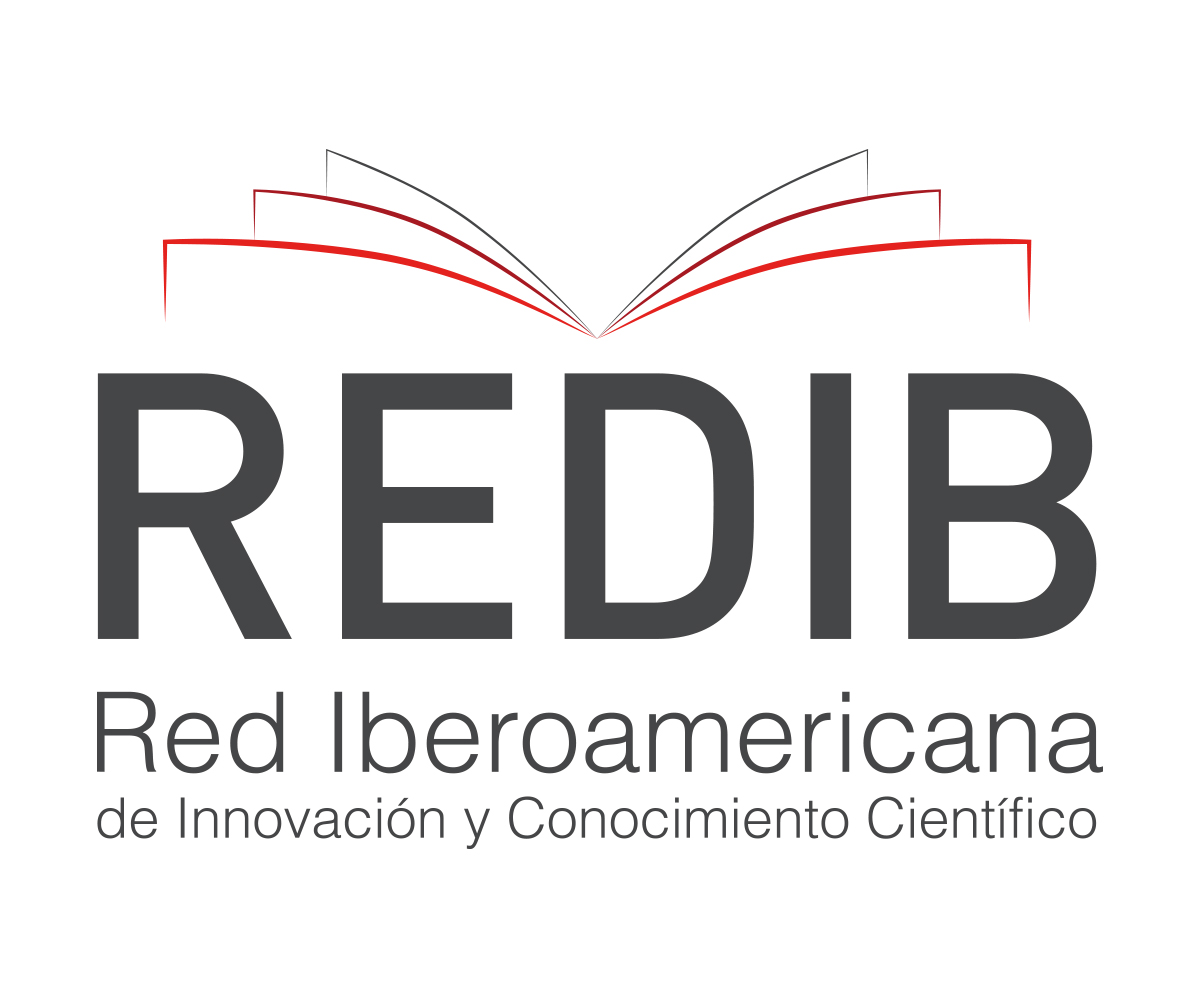Norovirus in rabbit production units after the COVID-19 pandemic
Abstract
Norovirus (NoV) is one of the main etiological agents of acute gastroenteritis in humans and animals. It is a highly infectious virus and worldwide distribution. The infection is carried out through the interaction with HBGA receptors, present in different superficial epithelial cells and in body fluids of humans, murine animals, cattle and bats. These receptors are also present in the intestinal epithelial cells (enterocytes) of rabbits, which is why NoV infection is favored. Rabbit farming in Mexico emerges as an alternative to food shortages and lack of employment in rural areas, so it is important to support the strengthening of the activity. The objective of this research was to detect infections caused by NoV in rabbits in rabbit production units of the State of Mexico, using the RT-PCR technique. As a result, we obtained a frequency of 22.34% of NoV present in rabbits with diarrheal signology, these results give us the guideline to continue with the study of NoV in rabbits and to evaluate its possible zoonotic potential that contributes to the knowledge of the animal health status and allows the improvement in the public health of the population.
Downloads
References
Bartsch, S.M., Lopman, B.A., Ozawa, S., Hall, A.J., Lee, B.Y. (2016). Global economic burden of norovirus gastroenteritis. Plos One. 11:E0151219. DOI: 10.1371/journal.pone.0151219.
Caddy, S, Breiman, A, le Pendu, J., Goodfellow, I. (2014). Genogroup IV and VI canine noroviruses interact with histo-blood group antigens. J Virol. 88(18):10377–10391. DOI: 10.1128/JVI.01008-14.
Comité Sistema Producto Cunícula. (2012). Plan rector sistema producto cunícola del Distrito Federal. Ciudad de México.
CEPAL (2020). The Pandemic’s Impacts on the Hardest-Hit Production Sectors Will Affect One Third of Employment in the Region and One Fourth of GDP. Recuperado de https://www.cepal.org/en/pressreleases/pandemics-impacts-hardest-hit-production-sectors-will-affect-one-third-employment.
Chhabra, P., de Graaf, M., Parra, G.I., Chan, M.C-W., Green, K., Martella, V., Wang Q., White, P.A., Katayama, K., Vennema, H., Koopmans, M.P.G., Vinje, J. (2019). Updated classification of norovirus genogroups and genotypes. J Gen Virol. 100:jgv001318. DOI: 10.1099/jgv.0.001318.
Dabelsteen, E. (2002). ABO blood group antigens in oral mucosa. What is new? J Oral Pathol Med. 31(2):65-70. DOI: 10.1046/j.0904-2512.2001.00004.x.
Di Felice, E., Mauroy, A., Pozzo, F.D., Thiry, D., Ceci, C., Di Martino, B., Marsilio, F., Thiry, E. (2016). Bovine noroviruses: A missing component of calf diarrhoea diagnosis. Vet. J. 207:53–62. DOI: 10.1016/j.tvjl.2015.10.026.
EdoMex. (2017). Conoce el EdoMex. 25 de abril de 2016. Recuperado de https://www.edomex.gob.mx/corredores_turisticos.
Infobae. (2020). El costo de la pandemia: México ha erogado hasta 9 mil millones de pesos diarios. 24 Sep, 2020. Recuperado de https://www.infobae.com/america/mexico/2020/09/24/el-costo-de-la-pandemia-mexico-ha-erogado-hasta-9-mil-millones-de-pesos-diarios/.
Jaramillo, V.J., Vargas, L.S., Guerrero, R.J. (2015). Preferencias de consumidores y disponibilidad a pagar por atributos de calidad en carne de conejo orgánico. Rev Mex Cienc Pecu. 6(1):221-232. Recuperado de http://www.scielo.org.mx/scielo.php?script=sci_arttext&pid=S200711242015000200007&lng=es&tlng=es.
Jiang, X., Wang., M., Wang, K., Estes, M.K. (1993). Sequence and genomic organization of Norwalk virus. Virology. 195(1):51-61. DOI: 10.1006/viro.1993.1345.
Kapikian, A.Z., Wyatt, R.G., Dolin, R., Thornhill, T.S., Kalica, A.R., Chanock, R.M. (1972). Visualization by Immune Electron Microscopy of a 27-nm Particle Associated with Acute Infectious Nonbacterial Gastroenteritis. J. Virol. 10:1075–1081. DOI: 10.1128/jvi.10.5.1075-1081.1972.
Kocher, J.F., Lindesmith, L.C., Debbink, K., Beall, A., Mallory, M.L., Yount, B.L., Graham, R.L., Huynh, J., Gates, J.E., Donaldson, E.F., Baric, R.S. (2018). Bat Caliciviruses and Human Noroviruses Are Antigenically Similar and Have Overlapping Histo-Blood Group Antigen Binding Profiles. mBio. 9(3):e00869-18. DOI: 10.1128/mBio.00869-18.
Kojima, S., Kageyama, T., Fukushi, S., Hoshino, F.B., Shinohara, M., Uchida, K., Natori, K., Takeda, N., Katayama, K. (2002). Genogroup-specific PCR primers for detection of Norwalk-like viruses. J Virol Methods. 100:107–14. DOI: 10.1016/s0166-0934(01)00404-9.
Lebas, F., Rochabeaut, H., Gidenne, T., Licois, D. (2002). La maîtrise de l'entérocolite progresse. Cuniculture. 29 (2) (164): 81-4.
Liao, Y., Hong, X., Wu, A., Jiang, Y., Liang, Y., Gao, J., Xue, L., Kou, X. (2021). Global prevalence of norovirus in cases of acute gastroenteritis from 1997 to 2021: An updated systematic review and meta-analysis. Microbio. Pathog. 161:105259. DOI: 10.1016/j.micpath.2021.105259.
Marionneau, S., Cailleau-Thomas, A., Rocher, J., Le Moullac-Vaidye, B., Ruvoën, N., Clément, M., Le Pendu, J. (2001). ABH and Lewis histo-blood group antigens, a model for the meaning of oligosaccharide diversity in the face of a changing world. Biochimie. 83(7):565-73. DOI: 10.1016/s0300-9084(01)01321-9.
Mesquita, J.R., Nascimento, M.S.J. (2012). Gastroenteritis outbreak associated with faecal shedding of canine norovirus in a portuguese kennel following introduction of imported dogs from russia. Transbound. Emerg. Dis. 59:456–459. DOI: 10.1111/j.1865-1682.2011.01284.x.
Nyström, K., Le Gall-Reculé, G., Grassi, P., Abrantes, J., Ruvoën-Clouet, N., Le Moullac-Vaidye, B., Lopes, A.M., Esteves, P.J., Strive, T., Marchandeau, S., Dell, A., Haslam, S.M., Le Pendu, J. (2011). Histo-blood group antigens act as attachment factors of rabbit hemorrhagic disease virus infection in a virus strain-dependent manner. Plos Pathog. 7(8):e1002188. DOI: 10.1371/journal.ppat.1002188.
Pinto, P., Wang, Q., Chen, N., Dubovi, E.J., Daniels, J.B., Millward, L.M., Buonavoglia, C., Martella, V., Saif, L.J. (2012). Discovery and genomic characterization of noroviruses from a gastroenteritis outbreak in domestic cats in the us. Plos One. 7:e32739. DOI: 10.1371/journal.pone.0032739.
Reynoso, U.E., Bautista, G.L.G., Martínez, C.J.S., Romero, N.C., García, R.V.G., Aguado, A.G.L. Hernández, G.P., Espinosa, A.E. (2019). Análisis de la presencia de Rotavirus en conejos del Estado de México. Rev Mex Cienc Pecu. 10(2):511-521. DOI:10.22319/rmcp.v10i2.4638.
Rockx, B.H., Vennema, H., Hoebe, C.J., Duizer, E., Koopmans, M.P. (2005). Association of histo-blood group antigens and susceptibility to norovirus infections. J Infect Dis. 191:749–754. DOI: 10.1086/427779.
SADER. (2016). | Los secretos de la cunicultura. Blog 25 de abril de 2016. Recuperado de https://www.gob.mx/agricultura/es/articulos/los-secretos-de-la-cunicultura.
SENASICA. (2020). Pulso Sanitario, Atlas de Sanidad e Inocuidad Agroalimentaria, Documento consultado, Recuperado de https://dj.senasica.gob.mx/AtlasSanitario/.
SENASICA. (2020b). Acciones conjuntas para proteger la cunicultura. Blog. 21 de mayo. Recuperado de https://www.gob.mx/senasica/articulos/acciones-conjuntas-para-proteger-la-cunicultura.
SENASICA. (2021). Renovamos esfuerzos para proteger la cunicultura nacional. Blog. 09 de marzo de 2021. Recuperado de https://www.gob.mx/senasica/articulos/renovamos-esfuerzos-para-proteger-la-cunicultura-nacional.
Silva, P.F., Alfieri, A.F., Barry, A.F., de Arruda Leme, R., Gardinali, N.R., Van der Poel, W.H., Alfieri, A.A. (2015). High frequency of porcine norovirus infection in finisher units of Brazilian pig-production systems. Trop Anim Health Prod. 47(1):237-41. DOI: 10.1007/s11250-014-0685-3.
Shen, Q., Zhang, W., Yang, S., Cui, L., Hua, X. (2012). Complete Genome Sequence of a New-Genotype Porcine Norovirus Isolated from Piglets with Diarrhea. J. Virol. 86:7015–7016. DOI: 10.1128/JVI.00757-12.
Taube, S., Perry, J.W., Yetming, K., Patel, S.P., Auble, H., Shu, L., Nawar, H.F., Lee, C.H., Connell, T.D., Shayman, J.A., Wobus, C.E. (2009). Ganglioside-linked terminal sialic acid moieties on murine macrophages function as attachment receptors for murine noroviruses. J Virol.83(9):4092-101. DOI: 10.1128/JVI.02245-08.
Thorne, L.G., Goodfellow, I.G. (2014). Norovirus gene expression and replication. J Gen Virol. 95(2):278-291. DOI: 10.1099/vir.0.059634-0.
Vélez, I.A., Espinosa, G.J., Aguilar, R.F. (2021). Tipología y caracterización de cunicultores en los Estados del centro de México. Rev Mex Cienc Pecu. 12(2), 469-486. DOI:10.22319/rmcp.v12i2.5811.
Villabruna, N., Schapendonk, C.M.E., Aron, G.I., Koopmans, M.P.G., de Graaf, M. (2021) Human Noroviruses Attach to Intestinal Tissues of a Broad Range of Animal Species. J Virol. 13;95(3):e01492-20. DOI: 10.1128/JVI.01492-20.
Wolf, S., Williamson, W., Hewitt, J., Lin, S., Rivera-Aban, M., Ball, A., Scholes, P., Savill, M., (2009). Greening G.E. Molecular detection of norovirus in sheep and pigs in New Zealand farms. Vet. Microbiol. 133:184–189. DOI: 10.1016/j.vetmic.2008.06.019.
Zakhour, M., Ruvoën-Clouet, N., Charpilienne, A., Langpap, B., Poncet, D., Peters, T., Bovin, N., Le Pendu, J. (2009). The alphaGal epitope of the histo-blood group antigen family is a ligand for bovine norovirus Newbury2 expected to prevent cross-species transmission. Plos Pathog. 5(7):e1000504. DOI: 10.1371/journal.ppat.1000504

This work is licensed under a Creative Commons Attribution 4.0 International License.
In order to promote the development and dissemination of research in education in Latin America, the Ibero-American Journal for Educational Research and Development (RIDE) adhered to the Budapest Open Access Initiative, which is why it is identified as a Open access publication. This means that any user can read the complete text of the articles, print them, download them, copy them, link them, distribute them and use the contents for other purposes. Creative Cummons licenses allow users to specify the rights to use an open access journal available on the Internet in such a way that users know the rules of publication. Authors who publish in this journal accept the following conditions: Authors they keep the author's rights and give the magazine the right of the first publication, with the work registered with the attribution license of Creative Commons, which allows third parties to use the published material whenever they mention the authorship of the work and the first publication in this The authors can make other independent and additional contractual agreements for the non-exclusive distribution of the version of the article published in this journal (eg, include it in an institutional repository or publish it in a book) as long as they clearly indicate that The work was published for the first time in this magazine. Authors are allowed and recommended to publish their work. low on the Internet (for example on institutional or personal pages) before and during the review and publication process, as it can lead to productive exchanges and to a greater and faster dissemination of the published work

